Healer fir: beneficial properties
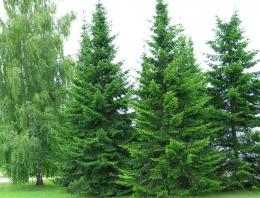
The resinous smell of fir has been familiar to many since childhood, because inhalations with fir oil are often used in the treatment of colds and respiratory diseases. Fir is an evergreen coniferous tree belonging to the Pine family. Not everyone knows that fir is very similar in appearance to spruce - both trees have a pyramidal crown shape with a pointed top.
For high decorative qualities: ideally dense cone, rich green color, non-thorny needles, pronounced aromatic and phytoncidal properties properties – it is fir that landscape designers like to use in garden architecture when they want to implement the idea of a “New Year tree” on a site.
But what is most valuable is that the beautiful fir has long been famous for its powerful medicinal properties, due to the complex chemical composition of all the parts of the tree used - bark, needles, seeds and roots.
Content:
- Chemical composition of fir plant parts
- Fir treatment - official and folk
- Contraindications for use
- Features of fir raw material procurement
Chemical composition of fir plant parts
All parts of fir are truly a storehouse of various chemical elements: essential oils, resins, vitamins, microelements. Therefore, fir is the basis of many herbal medicines. For pharmaceutical purposes, Siberian fir is most often used, its natural habitat is the northeast of the European part of Russia, as well as Eastern and Western Siberia.
Fir needles contain up to 3.5% essential oil, on the basis of which the medicinal substance camphor is synthesized. In addition, the needles contain:
- ascorbic acid and vitamin E
- carotene
- squirrels
- carbohydrates
- phytoncides
- flavonoids
- microelements – iron, manganese, cobalt, zinc, copper
Seeds fir trees obtained from ripe cones are rich in vitamin E and fatty oils (up to 30%), consisting of oleic, lauric, and carminic acids. The bark contains up to 13% tannins. And, what is especially valuable: resinous secretions are extracted from it - resin, which is called “fir balsam”.
Resin consists of 70% resin and 30% essential oil. It serves as the basis for the production of turpentine, resins and alcohol.
More than 4% essential oil containing up to 85% camphor was found in the woody parts of fir. The roots contain up to 8% essential oil. Fir oil from all parts of this tree includes chemicals such as:
- bornyl acetate
- borneol
- camphene
- dipentene
- disease-free
- santhen and other components significant for human health
Fir treatment - official and folk
The action of all elements of the chemical composition of fir plant tissues determines the following beneficial properties of this plant:
- tonic
- restorative
- anti-inflammatory
- expectorant
- antiseptic
- disinfectant
- wound healing
- diuretic
Official medicine has an impressive list of serious diseases, in the treatment of which medications made from fir components are used as concomitant therapy:
- pneumonia, tuberculosis
- colds of the upper respiratory tract
- tonsillitis – acute and chronic
- acute respiratory viral infections
- angina pectoris
- stomatitis, gingivitis, periodontal disease
- eczema, psoriasis, furunculosis, diathesis
- rheumatism, radiculitis, arthrosis, osteochondrosis
- prostatitis, cystitis
- depression, neuroses
In addition, they are used for hypovitaminosis, increased fatigue, decreased immunity, in antitumor therapy and herbal medicine. Since ancient times, in folk medicine, colds, lungs, skin and rheumatic diseases have been treated with the help of home remedies made from fir needles, crushed bark and cones. And today folk recipes are very popular due to their effectiveness.
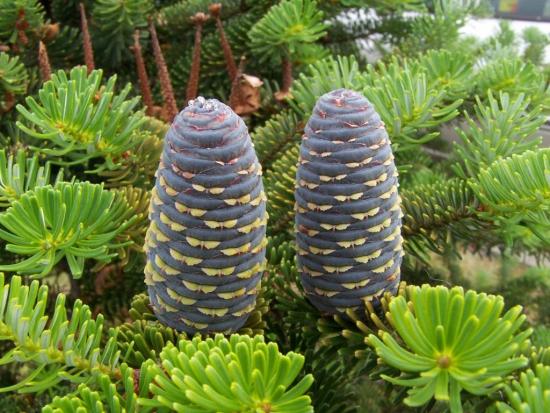
For inflammation of the throat and oral cavity, prepare a pine decoction: 250 grams of raw material are poured with a liter of boiling water and boiled for 7-10 minutes. Then it is filtered and used for rinsing 2-3 times a day. The same decoction can be used to apply pain-relieving compresses for arthritis and osteochondrosis. Cones Siberian fir has always been used to relieve joint pain.
Several cones are poured with boiling water in a basin and the feet are heated over medicinal steam, covered with a thick cloth. Wet eczema is treated at home with a specially prepared ointment: 30% fir oil is thoroughly mixed with 70% goose or badger fat (you can use baby cream). The ointment is applied 2-3 times a day to the affected area for two to three weeks, and compress paper is applied on top.
Contraindications for use
Before using fir preparations, it is advisable to consult a doctor.
Attention. It is important to remember that camphor excites the nervous system and stimulates the heart. In addition, fir oil has a cumulative effect. The use of fir medications is absolutely contraindicated in the following cases:
- for individual intolerance
- with a tendency to seizures
- for epilepsy
- peptic ulcer of the gastrointestinal tract
- during pregnancy
- breastfeeding
- when treating young children
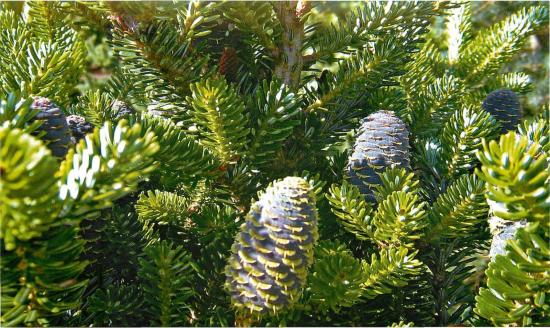
You cannot combine treatment with fir oil with the simultaneous consumption of alcohol and for another 2 days after the end of the course.
Features of fir raw material procurement
Fir buds, pine needles, spruce branches (young branches) and bark are harvested as raw materials. Buds are collected in early spring, spruce branches - in late spring - early summer, bark - at any time. Interesting. Concentration and qualitative composition of fir oil in needles trees change throughout the year.
The most essential oil accumulates in needles at the end of spring and at the end of the growing season. And the maximum content of bornyl acetate (the most important medicinal element) in it occurs at the end of autumn - the beginning of winter. Therefore, young needles are harvested 2 times a year. The beautiful healer fir is a real gift to people from nature.
Video about the benefits of fir for the body:

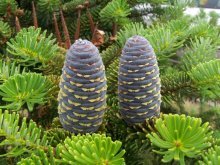
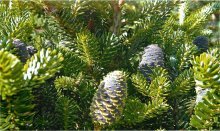
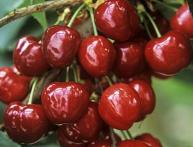


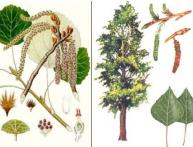
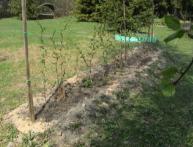
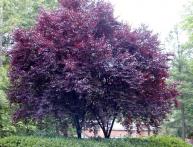
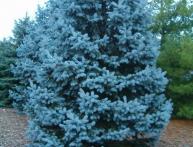
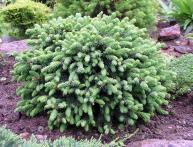
Comments
I have long dreamed of planting a fir tree in my dacha. From whom it has taken root, please share your advice. When to plant, what is the best place to plant. How to care. How long does it take for it to grow? Thank you in advance.
We brought small fir seedlings from the forest, planted them and they took root; we hardly care for them. And for medicinal purposes, we brew young needles and rinse them for stomatitis, and we also bring twigs from the forest, it’s a pity to break ours for now, and in the bath we arrange them on the shelves when we wash, but sometimes we steam with them, but it’s good to keep them in hot water before that, so that the resin came out. Good prevention against colds.